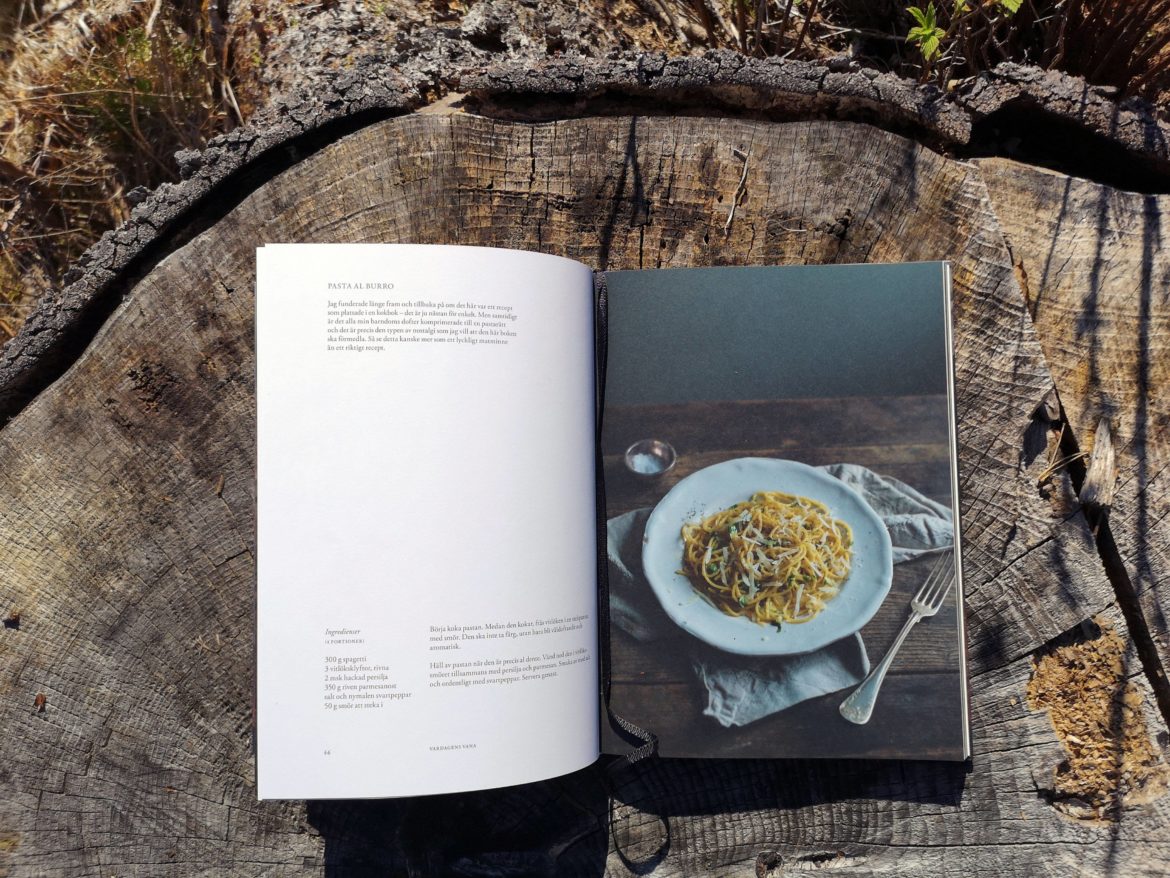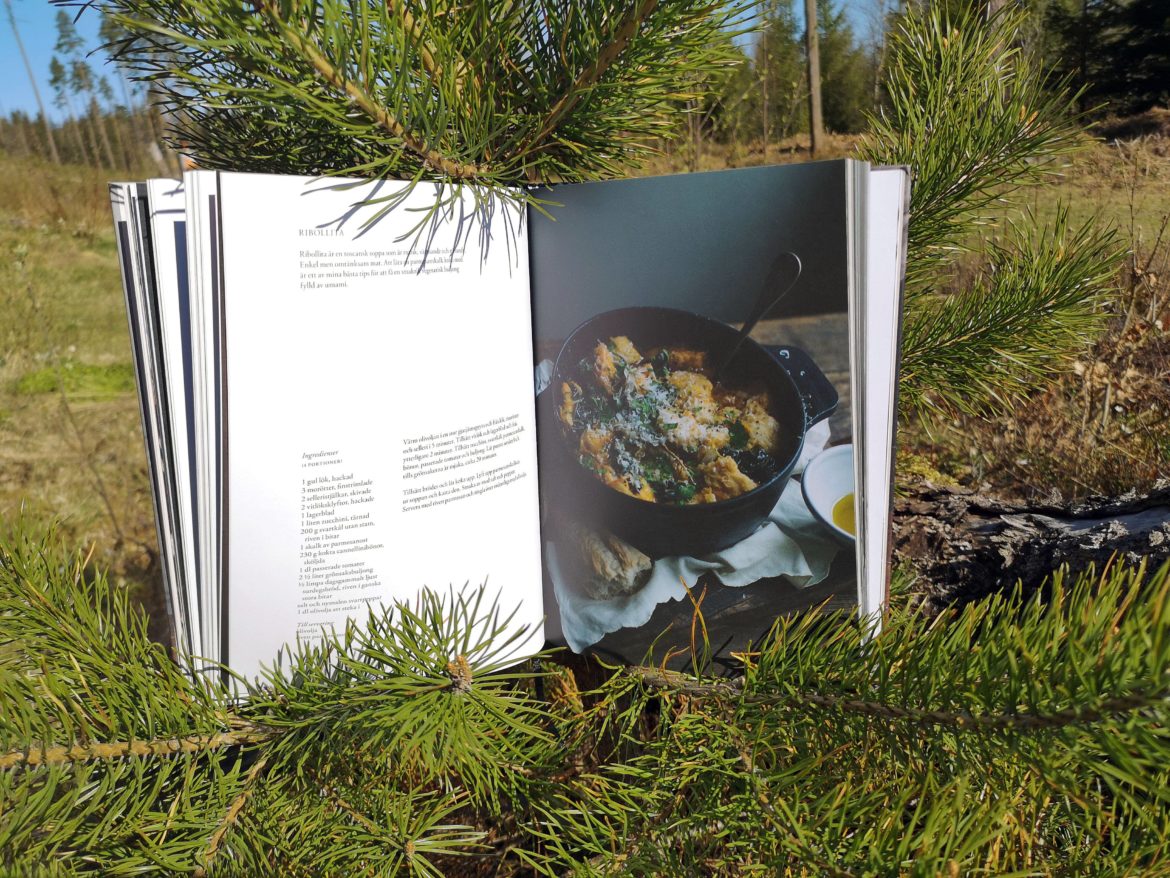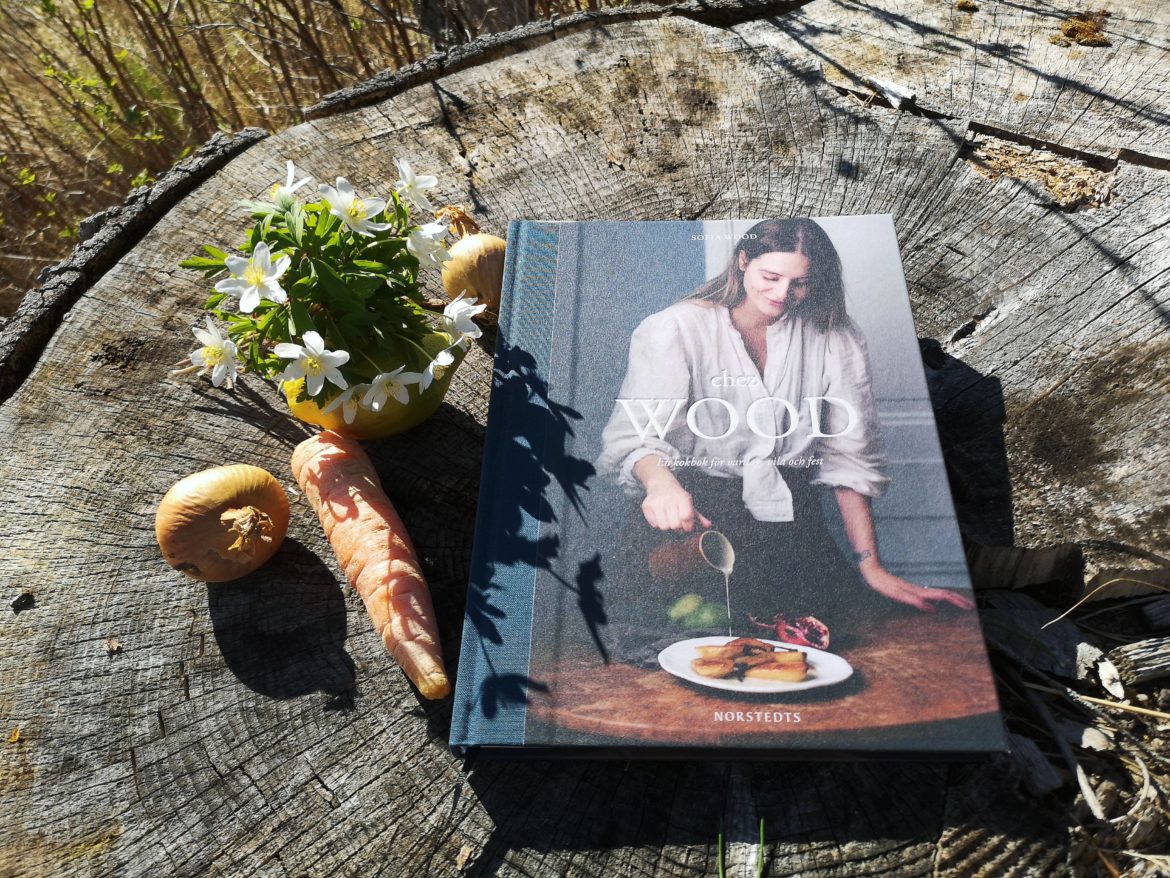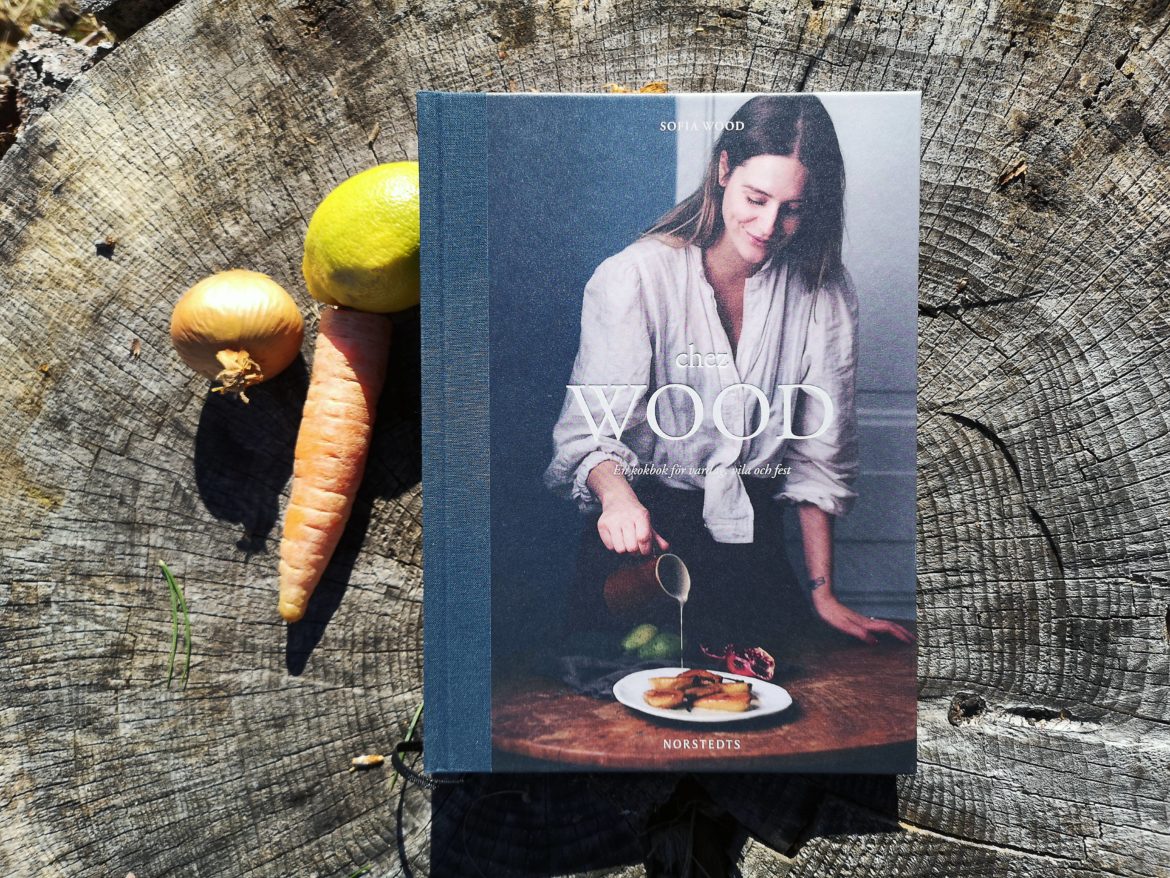TL;DR
Sofia Wood's debut cookbook, "At Wood's," offers a heartwarming journey into everyday cooking, healing, and hosting, blending personal stories with accessible yet thoughtful recipes. From simple pleasures like Pasta al Burro (with a twist!) to nourishing seasonal dishes and elegant party fare, the book encourages a flexible approach, prioritizing experience over strict measurements. While some ingredient repetition and photo inconsistencies exist, the overall collection is well-designed and inspiring. Ready to discover the simple joys of cooking and entertaining with Sofia? Dive into the full review!
The cookbook in question, (resting on the table nearby), titled “At Wood’s” in translation, marks the debut cookbook from blogger and designer Sofia Wood. The initial impression is favorable, featuring appealing visuals and a range of well-considered recipes. Notably, it includes a bookmark ribbon, a feature surprisingly absent in many cookbooks.
Chez Wood begins with Sofia’s personal connection to food and cooking, recalling her earliest memories and expressing her aspiration to cultivate positive culinary experiences for her children. This provides a warm and intimate introduction.

The book is structured around three core themes: “the habit of everyday life“, “the healing power of rest“, and “the consideration of the party“.
Within the first theme, the habit of everyday life, one discovers straightforward and accessible recipes, prepared from basic ingredients with attention to detail. The recipes offer commendable diversity and largely rely on readily available household staples. Regarding one particular recipe in this section, Sofia questions its inclusion due to its perceived simplicity: Pasta al Burro. While admittedly a simple preparation, its inherent deliciousness warrants its place within Chez Wood.
Intrigued by the recipe’s simplicity? Prepare your preferred pasta al dente. Finely chop a few garlic cloves and gently sauté them in a generous amount of butter until fragrant, avoiding browning. Incorporate a handful of freshly chopped parsley, then add the drained pasta and toss to combine. Finish by stirring in a handful of grated, aged Parmesan cheese. Season with salt and pepper to taste and serve immediately. This is the recipe as presented in the book; personally, I often add chopped chili for added heat and complexity.

You might now be wondering about the absence of precise ingredient measurements.
In her introduction to this section, Sofia suggests viewing recipes as guidelines rather than prescriptive instructions. I appreciate this philosophy. While the book does provide measurements, Sofia encourages experimentation and offers alternative suggestions for many of her recipes. This explains the lack of exact quantities in my description.
Moving on to the subsequent section, entitled the healing power of rest.
This section resonates strongly, as I concur with the author’s assertion that food plays a crucial role in both physical and mental well-being. This chapter also emphasizes living in harmony with the seasons, adapting dishes to utilize seasonal ingredients. Wood extends this concept to encompass table settings, decorations, and even music (a recurring theme throughout the book). Furthermore, the chapter explores how food can express consideration for others.
This section showcases nourishing and restorative recipes that are also exceptionally palatable. Noteworthy examples include baked oatmeal, a mint and mango smoothie, and ängamatsoppa (meadow food soup).

The final chapter, the consideration of the party, presents well-conceived and “straight forward” recipes that deliver both flavor and sophistication without unnecessary complexity. The section commences with a discussion of table settings, exploring suitable fabrics, porcelain, cutlery, floral arrangements, and the essential role of candles. The answer, [spoiler alert], is always yes to candles.
Sofia then touches on the topic of trinkets, an element I find appealing. These are not magical artifacts conferring special abilities, but rather small, decorative items that enhance the aesthetic of the table setting. Examples include elegant napkin rings, individual salt cellars, butter dishes, or, my personal favorite, grape scissors, a somewhat impractical yet charming utensil.
Regarding the food itself, this chapter offers a diverse and appealing selection. There are no rigidly defined starters or main courses, encouraging a degree of creative interpretation, which I appreciate. Dessert options are plentiful throughout the book, with the concluding chocolate cake recipe appearing particularly enticing. Other notable dishes include brie cake with rosemary honey, Caesar salad on black cabbage, and galette.

The recipes demonstrate considerable thoughtfulness, reflecting a genuine appreciation for both the ingredients and culinary techniques. However, a degree of repetition is noticeable, with similar ingredients recurring across multiple dishes. While this effectively showcases the versatility of core ingredients, a greater range of novel dishes would have been appreciated.
The image quality in the book is somewhat inconsistent, with several photographs appearing too dark. The cover exhibits a deliberate pixelated effect, which is also apparent in my accompanying images.
“But,” some members of the editorial team argue, “there are numerous pasta recipes!”
“Precisely,” I respond, “but as we all know, one can never have too much pasta!”

